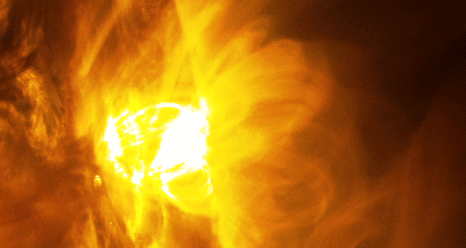Sun’s Massive Superflares To Hit Earth Soon, New Study Reveals

A researcher has warned about Earth’s vulnerability to a superflare from the Sun. According to a new study, this rare and catastrophic event could happen within the next 100 years.
A superflare is defined as a strong explosion caused by a star and can release energies ten thousand times stronger than regular solar flares or coronal mass ejections.
Typically, superflares are caused by young stars. However, in a new study published in The Astrophysical Journal, researchers noted that older stars such as the Sun are also capable of producing ultra-powerful solar flares.
The researchers were able to observe solar flares and carry out their study using NASA’ Kepler Space Telescope, which was launched in 2009.
According to study lead author Yuta Notsu, a researcher from the University of Colorado Boulder, a superflare from the Sun is inevitable. Although it is not yet clear when this will exactly happen, Notsu believes that a superflare event might occur within the next century.
“Our study shows that superflares are rare events,” Notsu said in a press release. “But there is some possibility that we could experience such an event in the next 100 years or so.”
Notsu added that a superflare event would have a disastrous effect on Earth since it would cause widespread power failures and satellite disruption.
“Earth would likely sit in the path of a wave of high-energy radiation,” Notsu said. “Such a blast could disrupt electronics across the globe, causing widespread blackouts and shortening out communication satellites in orbit.”
The researcher pointed out that if a superflare event occurred 1,000 years ago, it wouldn’t be a big problem for the inhabitants of Earth. However, due to today’s technological advancements and dependency, a major solar flare could cripple countries and even lead to the deaths of thousands of people.
Despite the grim nature of Notsu’s study, he noted that there is still a chance Earth’s technology can be protected from a superflare.
According to the researcher, citizens, private companies and government agencies should begin investing on practical solutions aimed at protecting electronics from radiation. Aside from Earth-based electronical devices and facilities, those found in Earth’s orbit should also be protected too.
© Copyright IBTimes 2025. All rights reserved.





















